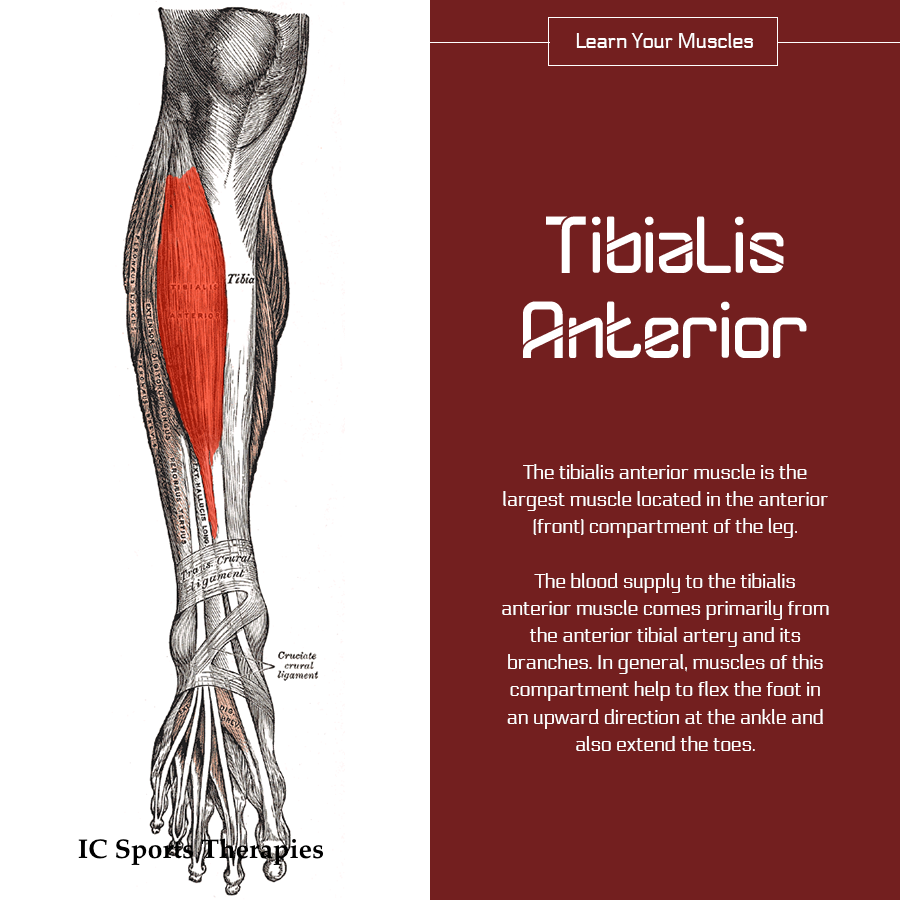
Spit
You may not want to swim in your spit, but if you saved it all up, you could. In a lifetime, the average person produces about 25,000 quarts of saliva – enough to fill two swimming pools!
11 Squeaky-Clean Facts About Spit
1. IT’S MOSTLY WATER.
Saliva consists of about 99 percent water. The other 1 percent is made up of electrolytes and organic substances, including digestive enzymes and small quantities of uric acid, cholesterol, and mucins (the proteins that form mucus).
2. THERE’S A MEDICAL STANDARD FOR HOW MUCH YOU SHOULD DROOL.
Healthy individuals accumulate between 2 to 6 cups of spit a day. That’s without stimulation from activities like eating or chewing gum, which open the spit floodgates.
3. SALIVA PRODUCTION HAS A CIRCADIAN RHYTHM.
Your body typically produces the most saliva in the late afternoon, and the least at night. Salivation is controlled by the autonomic nervous system (much like your heartbeat), meaning it’s an unconscious process.
4. THERE ARE FIVE DIFFERENT KINDS OF SPIT.
Salivation has five distinct phases, most triggered by the passage of food through the body. Not all of them are a good thing. The first type of salivation is cephalic, the kind that occurs when you see or smell something delicious. The buccal phase is the body’s reflexive response to the actual presence of food in the mouth (which aids in swallowing). The oesophageal involves the stimulation of the salivary glands as food moves through the oesophogus. The gastric phase happens when something irritates your stomach—like when you’re just about to puke. The intestinal phase is triggered by a food that doesn’t agree with you passing through the upper intestine.
5. IT CAN BATTLE BACTERIA.
There’s a reason the phrase “lick your wounds” came about. Spit is full of infection-battling white blood cells. And, according to a 2015 study in the journal Blood, neutrophils—a type of white blood cell—are more effective at killing bacteria if they come from saliva than from anywhere else in the body. So adding saliva to a wound gives the body a powerful backup as it fights off infection.
6. IT KEEPS YOU FROM GETTING CAVITIES.
The calcium, fluoride, and phosphate in saliva strengthen your teeth. Spit also fights cavity-causing bacteria, washes away bits of food, and neutralizes plaque acids, reducing tooth decay and cavities. That’s why chewing gum gets dentists’ stamp of approval—chewing increases the flow of saliva, thus protecting your oral health.
7. YOU NEED IT IF YOU WANT TO TASTE ANYTHING.
Saliva acts like a solvent for tastes, ferrying dissolved deliciousness to the sites of taste receptors. It also keeps those receptors healthy by keeping them from drying out and protecting them from bacterial infection. Many people who have dry mouth (xerostomia) find their sense of taste affected by their oral cavity’s parched conditions. Because many medications have dry mouth as a side effect, scientists have developed artificial saliva sprays that mimic the lubrication of real spit.
8. SWAPPING SPIT EXCHANGES MILLIONS OF BACTERIA.
A 10-second kiss involves the transfer of some 80 million bacteria, one study found.
9. PEOPLE AREN’T BORN DROOLING.
Babies don’t start drooling until they’re two to four months old. Unfortunately, they also don’t really know what to do with their spit. They don’t have full control of the muscles of their mouth until they’re around two years old, so they can’t really swallow it effectively. Which is why we invented bibs.
10. STRESS CAN LEAVE YOU SPIT-LESS.
The body’s fight-or-flight response is designed to give you the energy and strength needed to overcome a near-death experience, like, say, running into a bear, or, more common in the modern age, giving a big presentation at work. Your blood pressure goes up, the heart beats faster, and the lungs take in more oxygen. This is not the time to sit around and digest a meal, so the digestion system slows down production, including that of saliva.
11. A LACK OF SPIT WAS ONCE USED AS AN ADMISSION OF GUILT.
In some ancient societies, saliva was used as a basic lie detector. In ancient India, accused liars had to chew grains of rice. If they were telling the truth, they would have enough saliva to spit them back out again. If someone was lying, their mouth would go dry and the rice would stick in their throat.
[Read more at 11 Squeaky-Clean Facts About Spit by Shaunacy Ferro]
[Previous: Wednesday Wonder #10: 200 million litres of blood]
[Next: Wednesday Wonder #16: Sleep]








